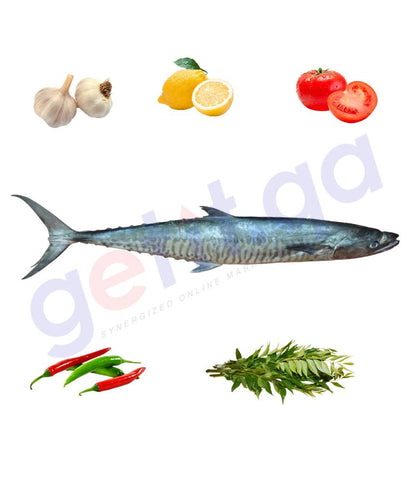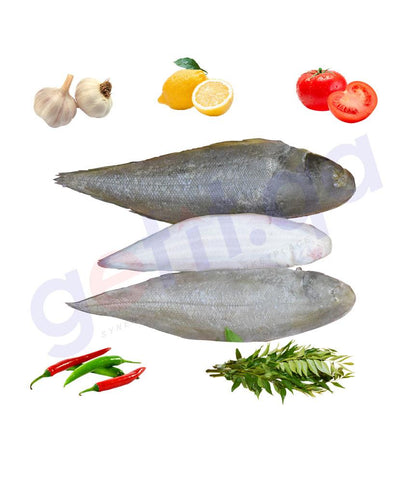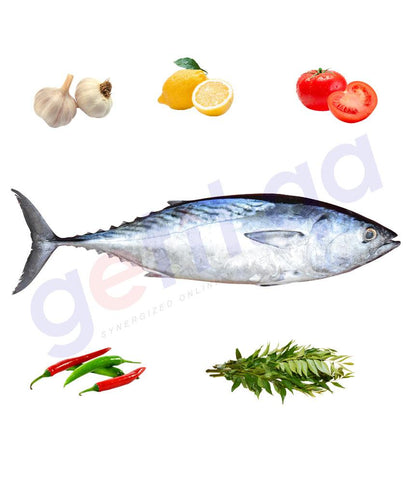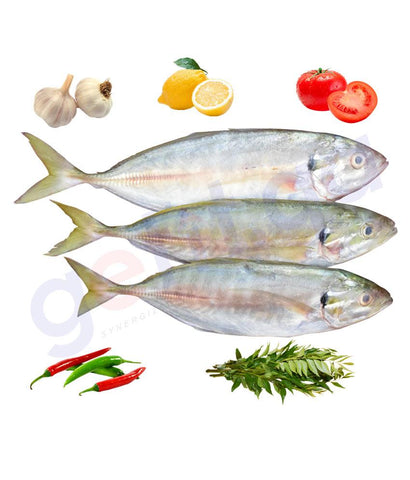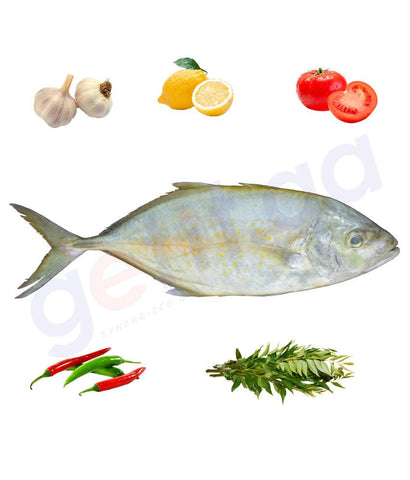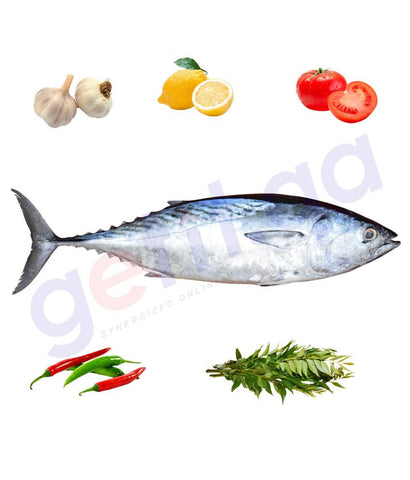| Environment/Climate/Range |
The Blackspotted Rubberlip occurs in coral and rocky areas, inhabiting depths between 3 m and 55 m. By day, it is usually seen in stationary aggregations, close to reefs, often under coral ledges or near caves. It is oviparous with distinct pairing during breeding. |
| Distribution |
This species is restricted to the Western Indian Ocean, from the Red Sea and the east coast of Africa to the Gulf of Oman and the Arabian Gulf. |
| Size / Weight / Age |
It attains a total length of 50 cm. |
| Short description |
The body is oblong and moderately compressed, with a small, sub-terminal mouth and very thick lips. The dorsal fin has no notch between the spinous and soft portions. The caudal fin is rounded in young, becoming truncate in adults. The body coloration of adults is whitish to pale green dorsally, white ventrally, with numerous small black spots, which progressively become smaller ventrally. The head is dark grey, lighter ventrally, and the lips are bright yellow. Fins are yellow, and the dorsal and caudal fins are densely covered with black spots. Juveniles have three pairs of black stripes on the head and body, which break up into spots at a length of about 12 cm. |
| Biology |
It has not yet been assessed globally by the IUCN Red List of Threatened Species. In a recent regional assessment for the Arabian Gulf it was classified as Least Concern (LC). The species is mainly caught by handline and traps. |



